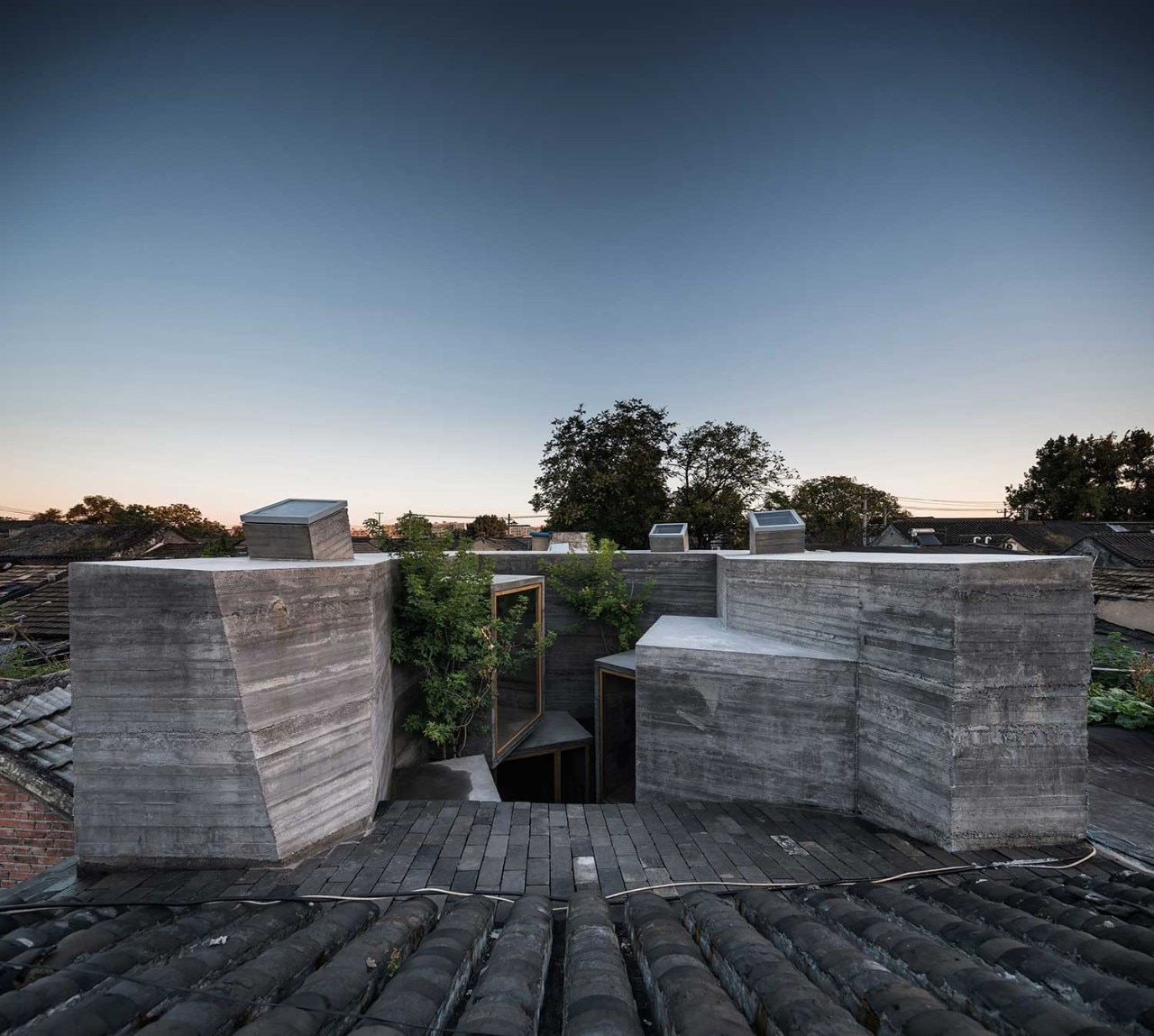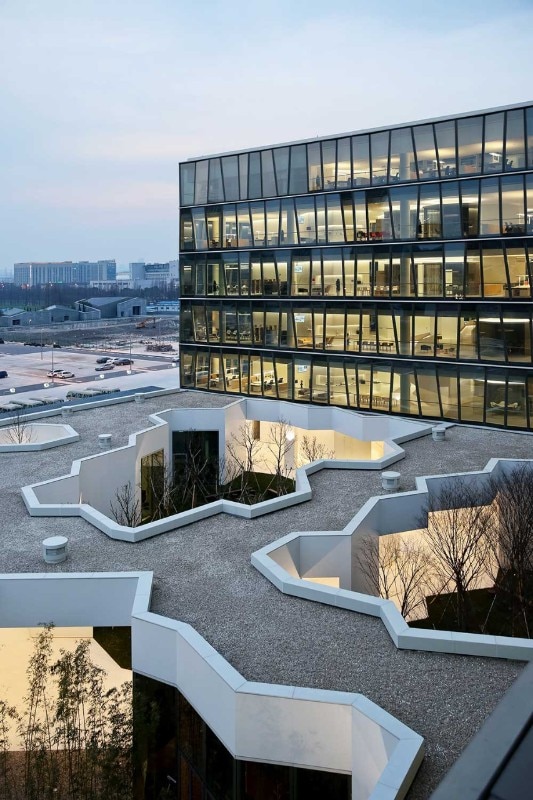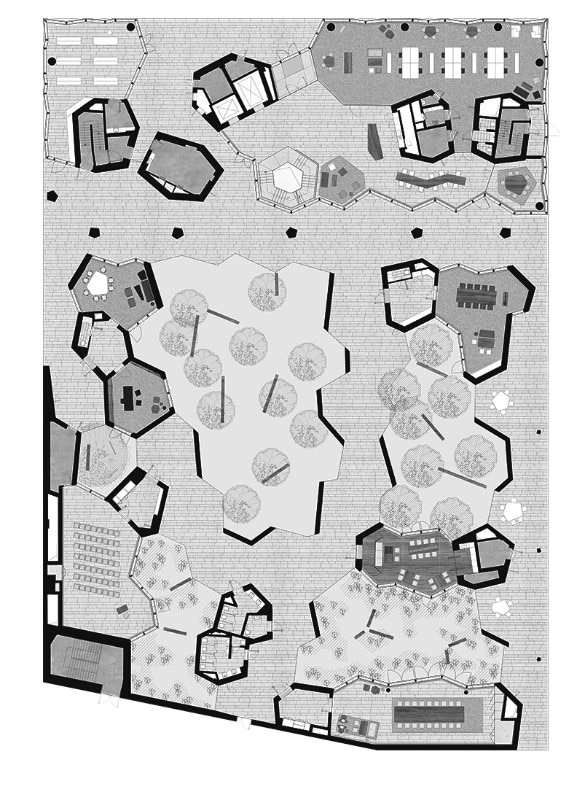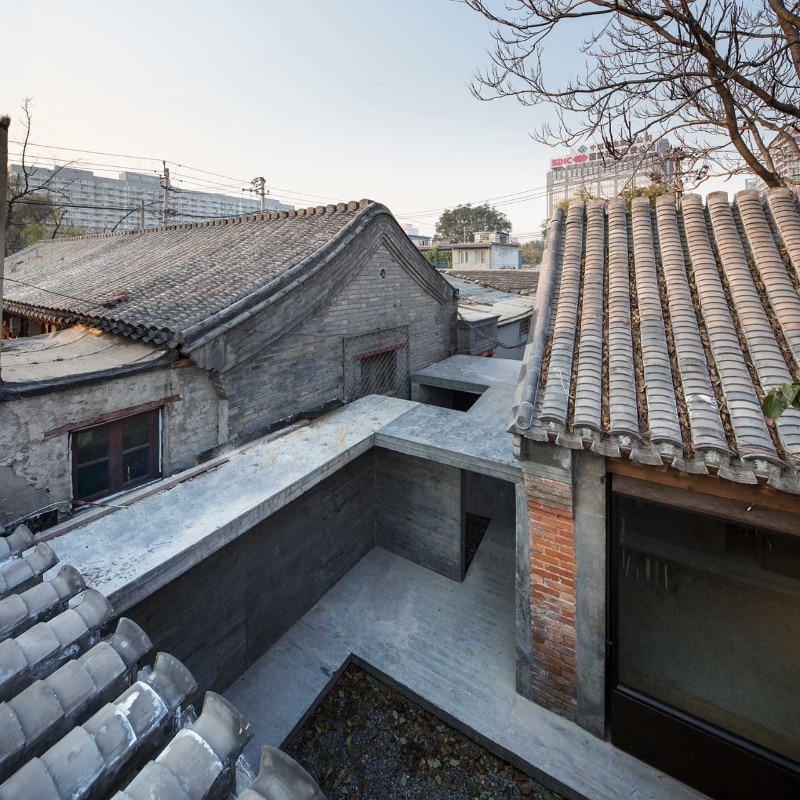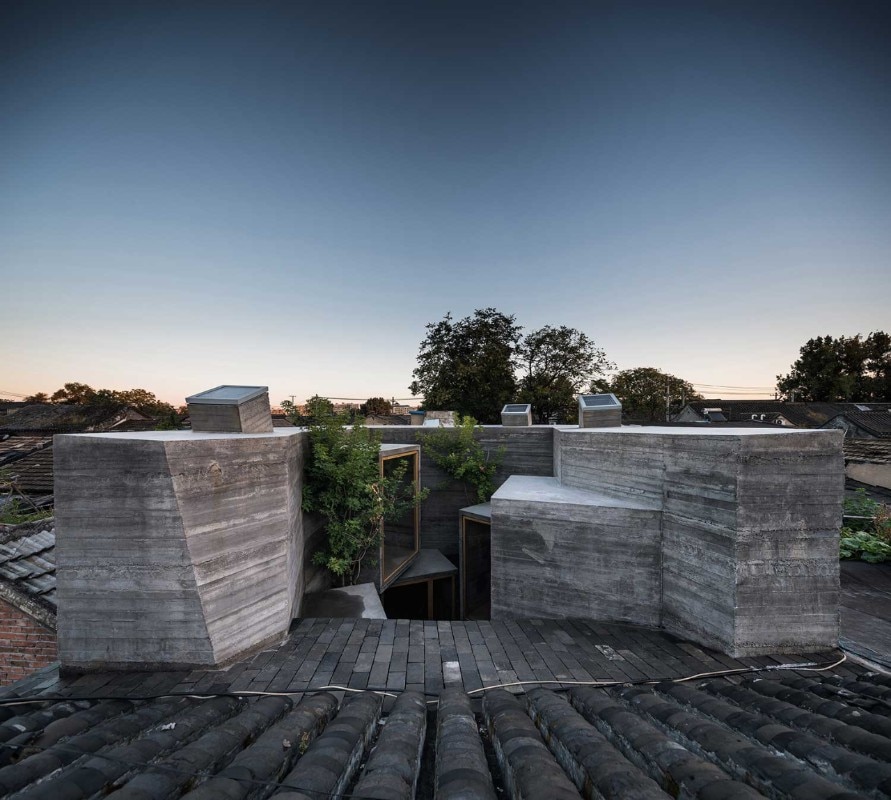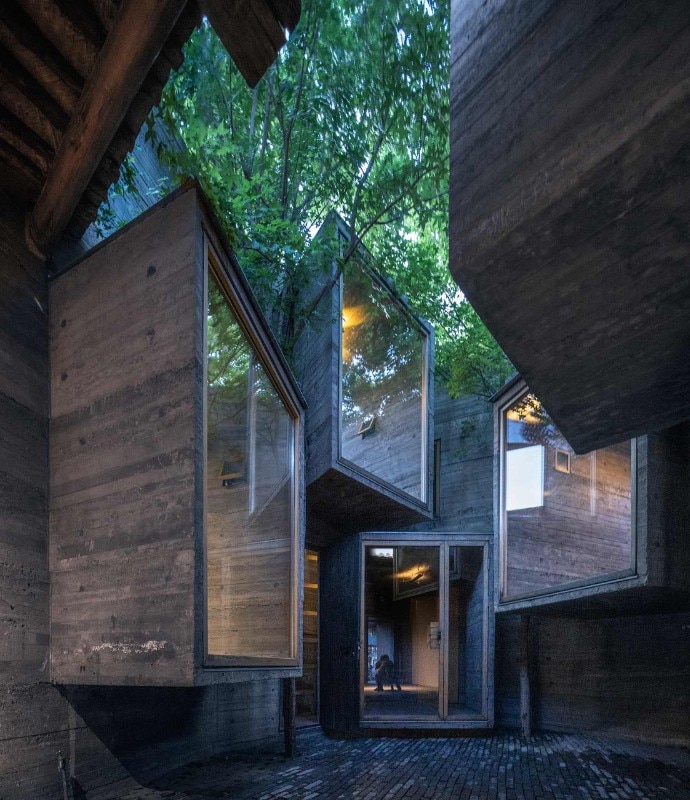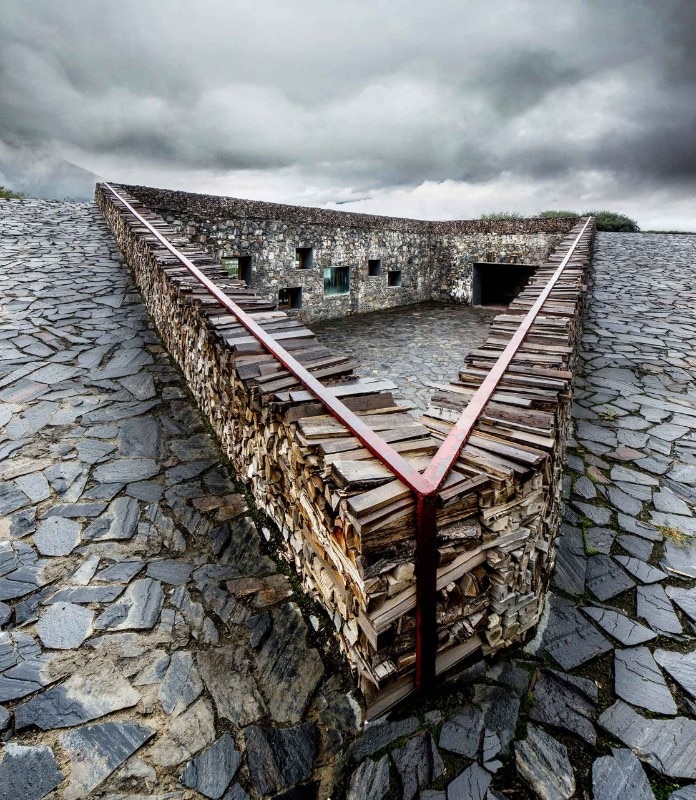Zhang Ke (Beijing, 1970) belongs to a new generation of Chinese architects that has spent formative years studying or working abroad. In his case, this led to a master’s degree in architecture from the Harvard Graduate School of Design plus three years of practice in Boston and New York. His generation has an interest in local building methods, and links them to Western approaches to architectural design. Zhang Ke founded ZAO/standardarchitecture in 2001 in Beijing.
ZAO is the acronym of Zhang Architectural Office, but it is also a Chinese word meaning “to build, make, assemble”. Like many new firms in China, he works on very diverse scales. The projects are attentive to the micro dynamics of the places and daily lives of the people inhabiting them, but aspire to revolutionise the ways with which urban regeneration is conceived in China. ZAO reinterprets the model of the hutongs, the narrow side-streets and alleys seen in the Chinese capital, which are lined with traditional courtyard houses, forming the urban fabric of the ancient city.
Instead of insisting on a hyper-contemporary formal language or an original style, Zang injects existing spaces with new lifeblood by means of courteous, fruitful dialogue. His firm adopts architectural solutions that are simple and direct references to traditional spatial concepts in China without mimicking the existing built environment. His interest goes out not only to his country’s history, but also concerns all the traces and spontaneous additions that regulate life in the ancient neighbourhoods and generate a delicate balance between public and private quarters.
A project that well illustrates his attitude is Micro Hutong (Beijing, 2016), a renewal in a traditional court, where the architect has inserted micro dwellings. In addition to updating and optimising the space, the project aims to demonstrate the great potential of these places. Another project, the Novartis Campus Building 5 (Beijing, 2016), shows how Chinese architectural culture can be reinterpreted in a newly constructed building. An organic cellular grid is the generating principle behind the design. On the ground floor, it is used to invert the inward spatial layout of Chinese gardens, creating open, interconnected workspace.


